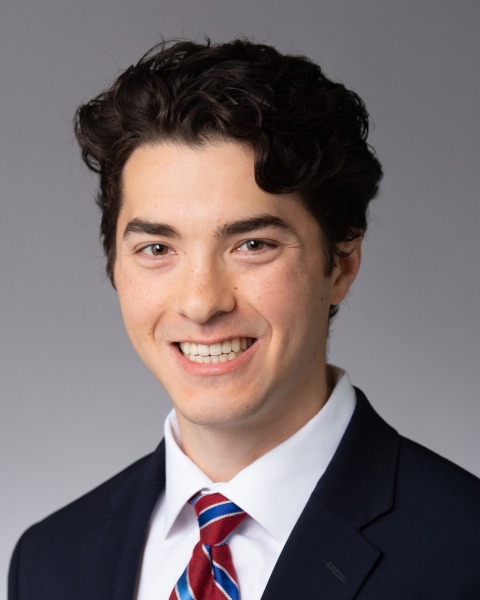Education
AI-Driven Recognition and Prediction of Surgical Steps in MCA Aneurysm Clipping
Ai-driven Recognition and Prediction of Surgical Steps in MCA Aneurysm Clipping

Thomas J. On, BS
Medical Student
Creighton University School of Medicine
Phoenix, AZ, US
Presenting Author(s)
Introduction: To support surgical procedural review, we developed an artificial intelligence (AI) model using a large database of MCA aneurysm clipping videos trained to recognize and predict upcoming surgical steps in new videos.
Methods: We obtained 42 videos of MCA aneurysm clipping performed by a leading neurosurgeon at our facility from October 2020 to October 2024. From these, we selected 24 videos featuring simple MCA aneurysms and defined the procedure in 12 surgical steps: (1) sylvian fissure splitting, (2) opercular MCA to M2 branch dissection, (3) M1 segment preparation, (4) supraclinoid ICA dissection, (5) A1 ACA dissection, (6) aneurysm neck dissection, (7) aneurysm mobilization, (8) achieving proximal control, (9) clip application, (10) confirming occlusion, (11) releasing proximal control, (12) performing aneurysmectomy. Each video was annotated with timestamps marking the start and end of each labeled step. For model training, videos were preprocessed by sampling one frame per second. A Convolutional Neural Network combined with Long Short-Term Memory networks was used for step recognition, while a Transformer network predicted upcoming steps.
Results: We trained our AI model using 18 videos and evaluated its performance on a separate set of 6 videos. The model achieved an overall accuracy of 77% in recognizing individual surgical steps, with aneurysm dissection achieving the highest accuracy at 90% and aneurysm neck dissection the lowest at 58%. For prediction of subsequent steps, the model demonstrated an overall accuracy of 70%, with aneurysm mobilization achieving the highest accuracy at 89%, and aneurysm neck dissection the lowest at 52%.
Conclusion : Our AI model demonstrated a promising level of accuracy in recognizing and anticipating surgical steps in MCA aneurysm clipping procedure. With further refinement, our findings indicate potential for further using this model as a training tool, allowing trainees to learn from surgical videos, with possible long-term applications for real-time guidance during operations.
Methods: We obtained 42 videos of MCA aneurysm clipping performed by a leading neurosurgeon at our facility from October 2020 to October 2024. From these, we selected 24 videos featuring simple MCA aneurysms and defined the procedure in 12 surgical steps: (1) sylvian fissure splitting, (2) opercular MCA to M2 branch dissection, (3) M1 segment preparation, (4) supraclinoid ICA dissection, (5) A1 ACA dissection, (6) aneurysm neck dissection, (7) aneurysm mobilization, (8) achieving proximal control, (9) clip application, (10) confirming occlusion, (11) releasing proximal control, (12) performing aneurysmectomy. Each video was annotated with timestamps marking the start and end of each labeled step. For model training, videos were preprocessed by sampling one frame per second. A Convolutional Neural Network combined with Long Short-Term Memory networks was used for step recognition, while a Transformer network predicted upcoming steps.
Results: We trained our AI model using 18 videos and evaluated its performance on a separate set of 6 videos. The model achieved an overall accuracy of 77% in recognizing individual surgical steps, with aneurysm dissection achieving the highest accuracy at 90% and aneurysm neck dissection the lowest at 58%. For prediction of subsequent steps, the model demonstrated an overall accuracy of 70%, with aneurysm mobilization achieving the highest accuracy at 89%, and aneurysm neck dissection the lowest at 52%.
Conclusion : Our AI model demonstrated a promising level of accuracy in recognizing and anticipating surgical steps in MCA aneurysm clipping procedure. With further refinement, our findings indicate potential for further using this model as a training tool, allowing trainees to learn from surgical videos, with possible long-term applications for real-time guidance during operations.

.jpg)